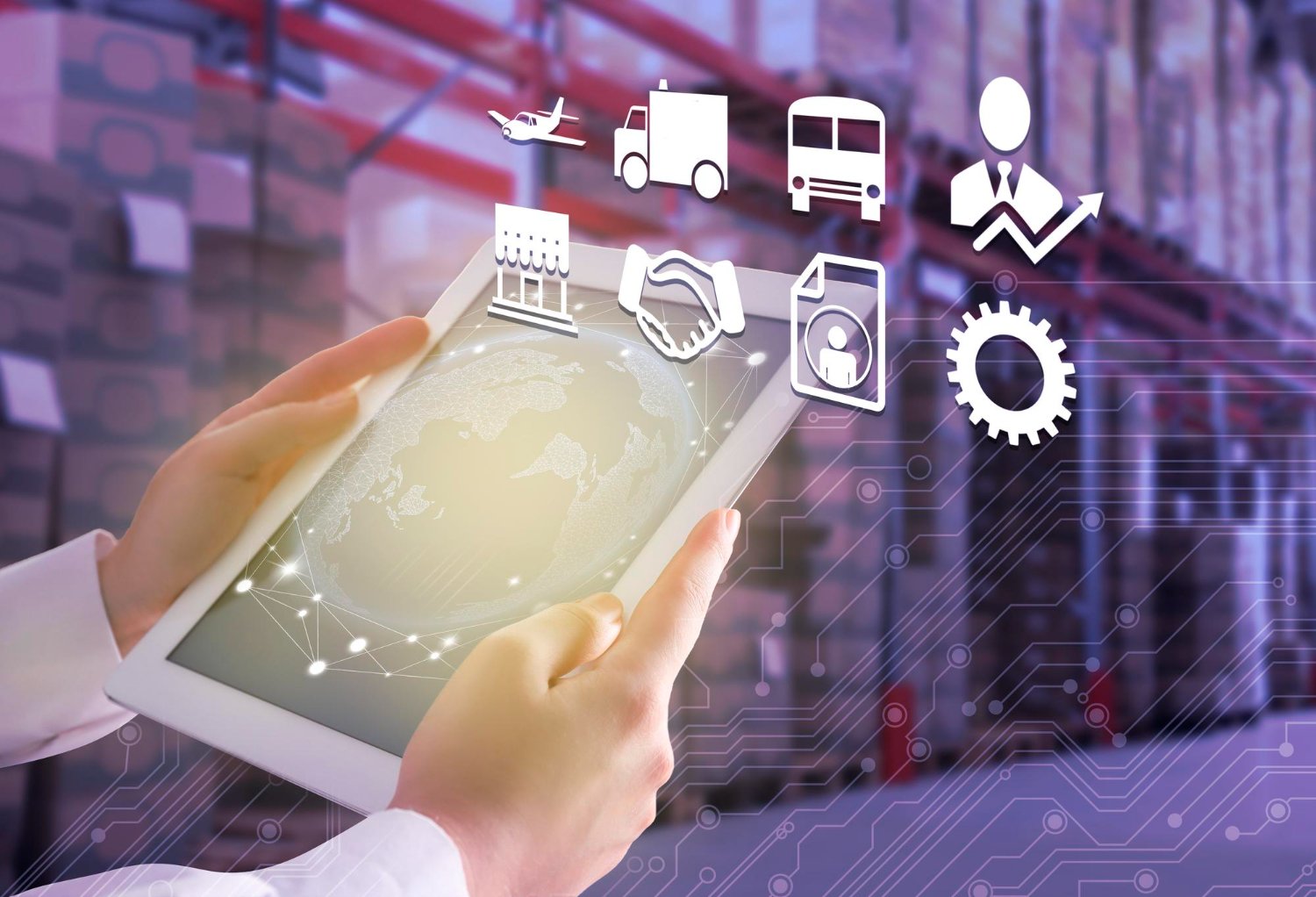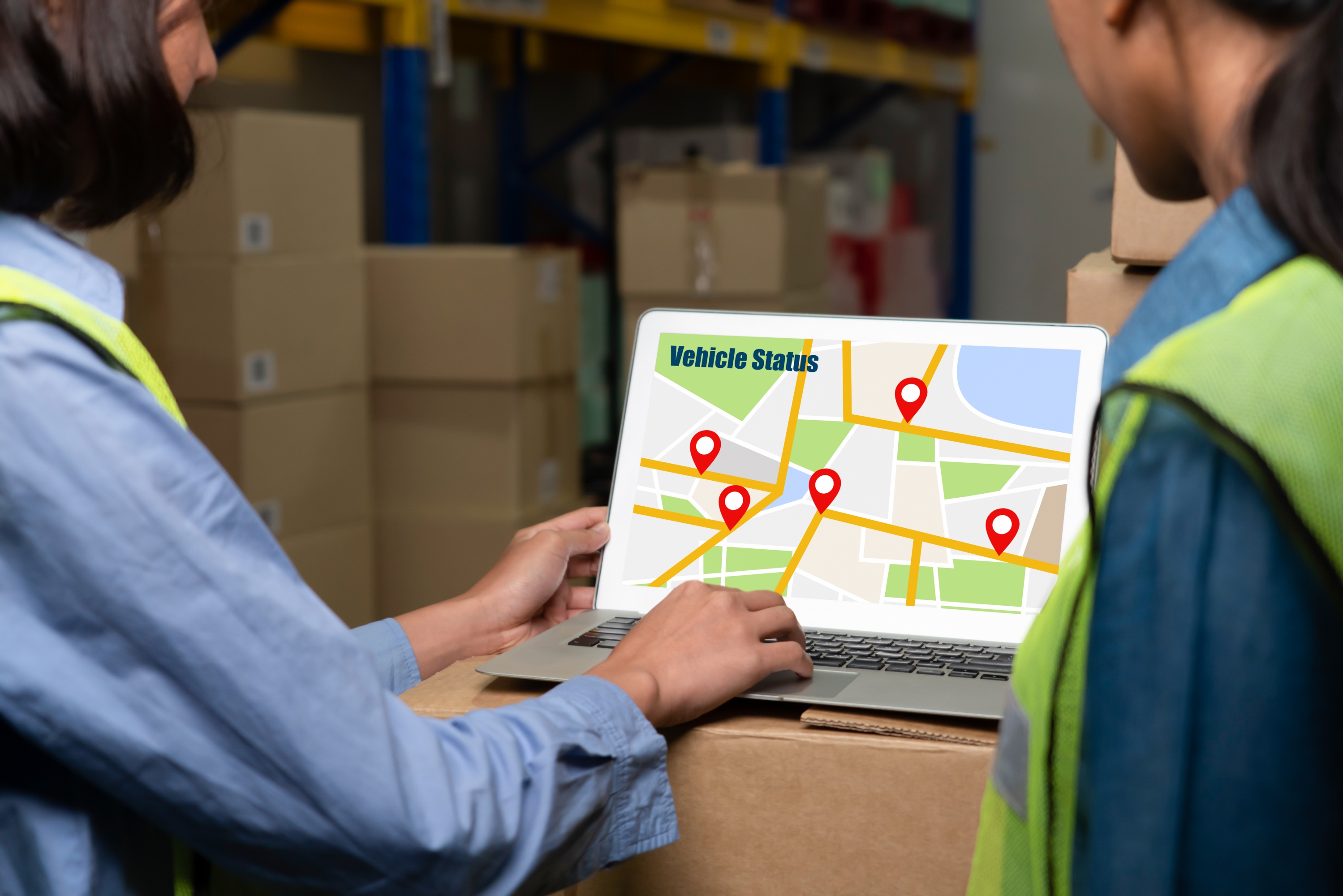

The Philippines is famous for its beaches, biodiversity, rich culture, and history - not to mention their scrumptious and unique dishes. While the country is abundant in natural resources, it falls short on traffic, particularly in its highly urbanized regions such as Metro Manila and Metro Cebu. As these cities grow and progress over time, traffic congestion gets worse in parallel as well.
Impact on work commute for Filipinos
Public transportation was and still is a big problem for many in the Philippines, especially the working class. Not many Filipinos own cars, so public transport is their only viable way of commuting. However, in our current situation, traffic congestion problems pale against the impacts of the COVID-19 pandemic. To prevent the spread of the virus, the Philippine government suspended all modes of public transportation—trains, buses, jeepneys, taxis, and transportation network vehicle services or ride-sharing vehicles—nationwide from operating.
To resolve this transportation problem for essential workers in the midst of the pandemic, the country’s Department of Transportation arranged free rides for health personnel in Metro Manila while public transportation remained suspended in the early months of the lockdown. Many local government units followed suit, providing not only convenience but empathy towards medical frontliners who continue to deal with the virus outbreak first-hand. The Office of the Vice President also deployed free buses for health workers and other frontliners in Cebu City, where COVID-19 cases spiked rapidly like in Metro Manila.
When strict quarantine measures were relaxed in June in the hopes of saving the country’s economy—allowing some non-essential businesses to operate and employees to go back to work—only a limited number of public transportation vehicles were allowed to operate. Jeepneys and UV express vehicles, the most affordable and accessible forms of public transportation in the Philippines, were initially barred from operating. Buses and trains were permitted to run, but only in low numbers and reduced capacities.
Because of these limitations, many Filipinos who needed to report to work were then left to wait in long lines for hours on end just to get a ride. With the government recently placing some regions in the country under modified enhanced community quarantine (MECQ) status due to the alarming growth of COVID-19 cases, public transport has again been eliminated as a commuting option.
Mobility in the metro has been the cause of many people’s headaches in the past few years and the problem became worse in the midst of the pandemic. With many essential workers finding it harder and harder to get to work, it’s now more important than ever for companies to provide transportation benefits for their employees. When quarantine measures get lifted in the future, people should expect long lines in many public transportation stops as well. Now’s the time to enhance mobility as we continue to live in a fast-paced environment.
How countries around the world are responding
Governments and organizations have been taking advantage of technology to resolve mobility issues. Many have turned to mobility-as-a-service commuting apps and demand-responsive transport to optimise resources in this challenging time.
At SWAT Mobility we have deployed our technology to help. We supported the Toyota Mobility Foundation’s initiative of providing connected and sanitized shuttles to hospitals in the Philippines, Thailand and Indonesia. Medical frontliners use our Just-in-Time app to book seats in the shuttles and the app automatically generates routes based on their pick-up location and time. The service was just extended in the Philippines, as the MECQ measures have made it harder for essential workers to commute.
In India, employees in many information technology companies such as Wipro, Tata Consultancy Services (TCS), and Infosys are using mobile apps to carpool to work in the midst of the pandemic. Data shows that more than half of the employees from these companies prefer to carpool as they refuse to use public transportation or they don’t have their own cars. Most of the app’s users are repeat riders who are familiar with each other and their histories.
Last month, we partnered with Toyota Motor Philippines to improve safety on public transport by running a free booking service application called SWATRide. The app helps users view and book seats in advance in point-to-point buses that run through the UP Town Center–Glorietta 3 route. Aside from its practical use for end users, the app provides precautionary controls that could help both the public and the government control the spread of COVID-19.
We have also provided our technology to coworking and staff leasing service provider KMC Solutions to enable their employees and clients to book rides through the SWATBiz app, plan routes in minutes, navigate drivers to close-to-home pick-up points, and track vehicles in real-time. Having employer provided transport ensures that employees can get to work safely and efficiently in the “new normal” as we continue to face the uncertain effects of the pandemic.
Driving the future of mobility
As seen with these efforts in the Philippines and abroad, we believe technology can help governments and organizations—from small to large—mobilize people while contributing to the broader fight against the pandemic.
Just as Filipinos have embraced the “new normal” in many aspects, such as wearing face masks and practicing social distancing, we should also accept new or improved forms of mobility. Riding bikes to work isn’t new, but it became more significant in the midst of the pandemic since Manila’s public transportation system is still limited. As the lockdown droned on, more and more Filipinos were seen buying bikes and taking them to work.
We should also embrace smarter solutions such as mobility-as-a-service, smart travel apps, and micromobility services. Some Filipinos may be hesitant to try these, especially those who are still not tech savvy in this modern day and age. But with the private sector making these solutions easier by integrating them into their day-to-day operations, we can expect to see more organized mobility systems not just in the city, but potentially all over the country as well.
As we move and operate in the “new normal” as well, technology can further empower us to be productive and inspired to mobilize people instead of just cars.

Fleet Management System Enhancing Dispatch Efficiency
A robust fleet management system enables businesses to monitor vehicle performance, driver behavior, and fuel usage in real-time. By leveraging data-driven insights, companies can make informed decisions that enhance operational efficiency and extend the lifespan of their fleet assets.

Achieving Seamless Omnichannel Logistics
Discover how omnichannel logistics is reshaping the future of retail by unifying inventory, fulfilment, and delivery across all channels. Learn how SWAT Mobility’s smart solutions empower seamless customer experiences and operational efficiency.

Sustainable Transport Management System
A transport management system (TMS) streamlines logistics by optimizing route planning, tracking, and fleet coordination in real-time. Discover how SWAT Mobility's TMS enhances operational efficiency and supports smarter, data-driven transport decisions.



.webp)

.svg)


